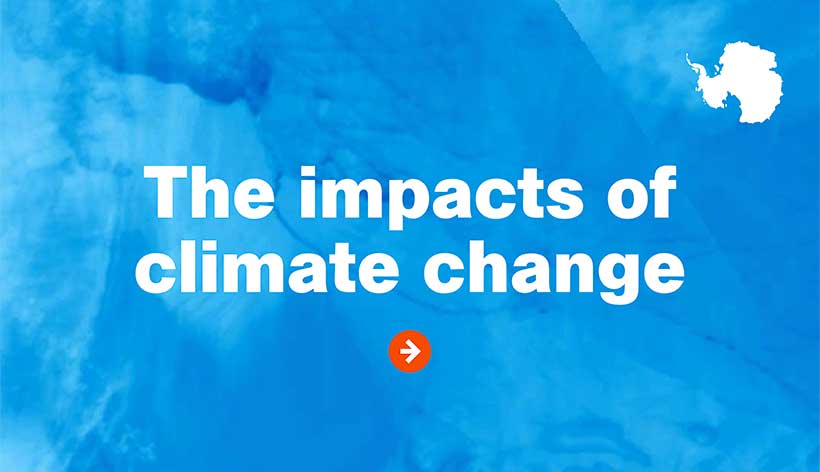
Impacts of climate change
Antarctica has experienced air temperature increases of 3°C in the Antarctic Peninsula. Although that might not seem very much, it is 5 times the mean rate of global warming as reported by the Intergovernmental Panel on Climate Change (IPCC).
Warm up
Over the past 50 years, the west coast of the Antarctic Peninsula has been one of the most rapidly warming parts of the planet. This warming is not only restricted to the land but can also be noted in the Southern Ocean. Upper ocean temperatures to the west of the Antarctic Peninsula have increased over 1°C since 1955. It has now been established that the Antarctic Circumpolar Current is warming more rapidly than the global ocean as a whole. Studying climate change in Antarctica is important because it enables scientists to predict more accurately future climate change and provide information to politicians and policy makers.
The warming of the Antarctic Peninsula is causing changes to the physical and living environment of Antarctica. The distribution of penguin colonies has changed as the sea ice conditions alter. Melting of perennial snow and ice covers has resulted in increased colonisation by plants. A long-term decline in the abundance of Antarctic krill in the SW Atlantic sector of the Southern Ocean may be associated with reduced sea ice cover. Large changes have occurred in the ice cover of the Peninsula. Many glaciers have retreated and ice shelves that formerly fringed the Peninsula have been observed to retreat in recent years and some have collapsed completely.
Learn more about the latest developments on climate change:

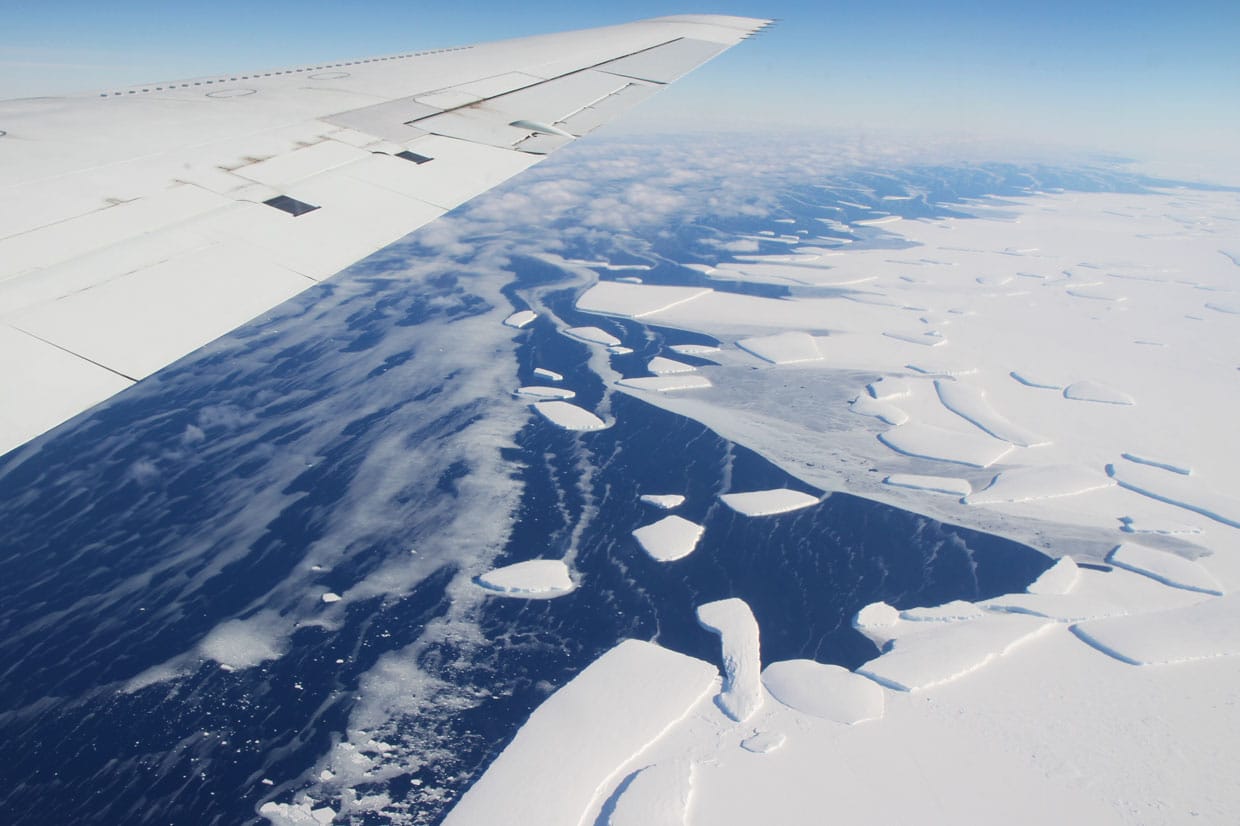
Cold Facts
What are the impacts of climate change on Antarctica?
Impacts on ice
Ice shelves are the floating extensions of a grounded ice sheet. One of the largest ice shelves, the Ronne-Filchner covers an area slightly smaller than Spain. Each summer, a significant amount of meltwater is produced which can only be tolerated so long before the ice shelf will weaken and retreat. Climate in the Antarctic Peninsula has warmed by 3°C meaning that once stable ice shelves are now retreating. Since the 1950s this is a loss of 25,000 km2 of ice shelf.
Learn more about ice shelves:
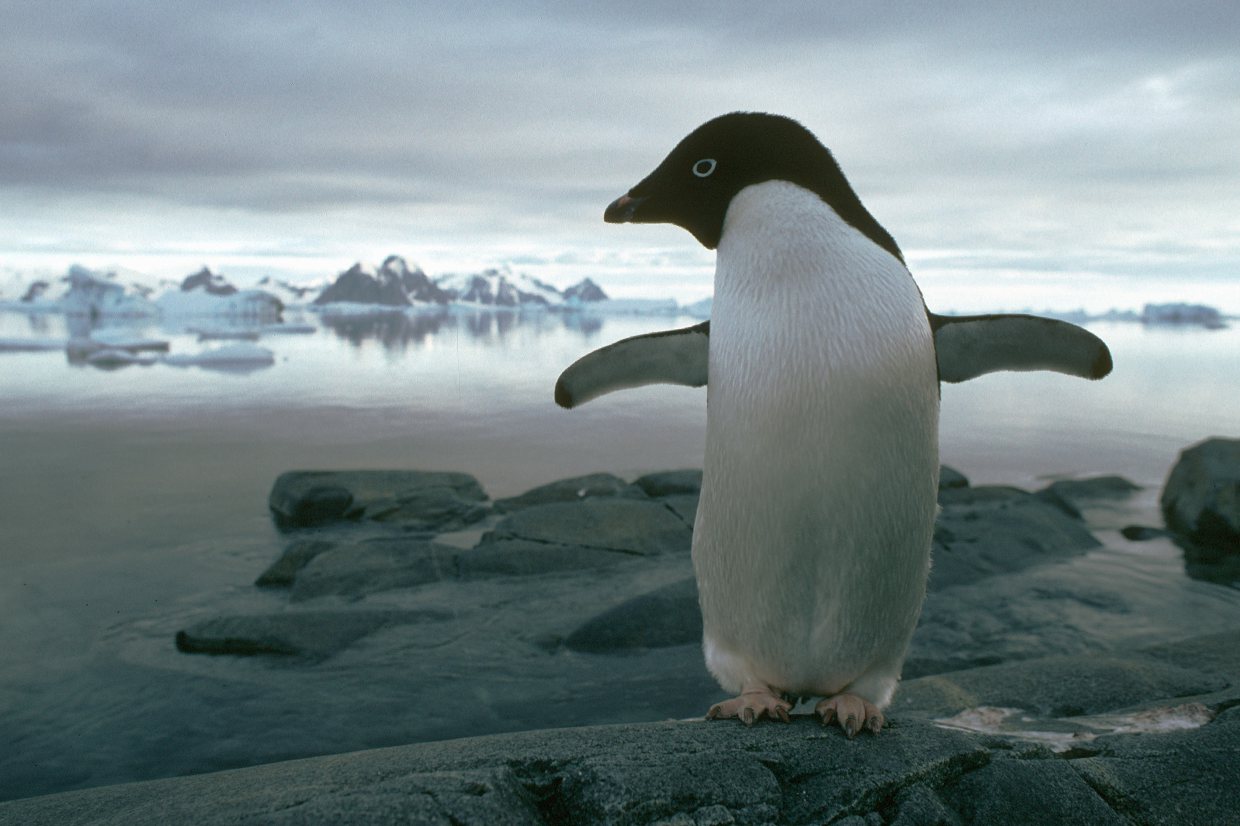
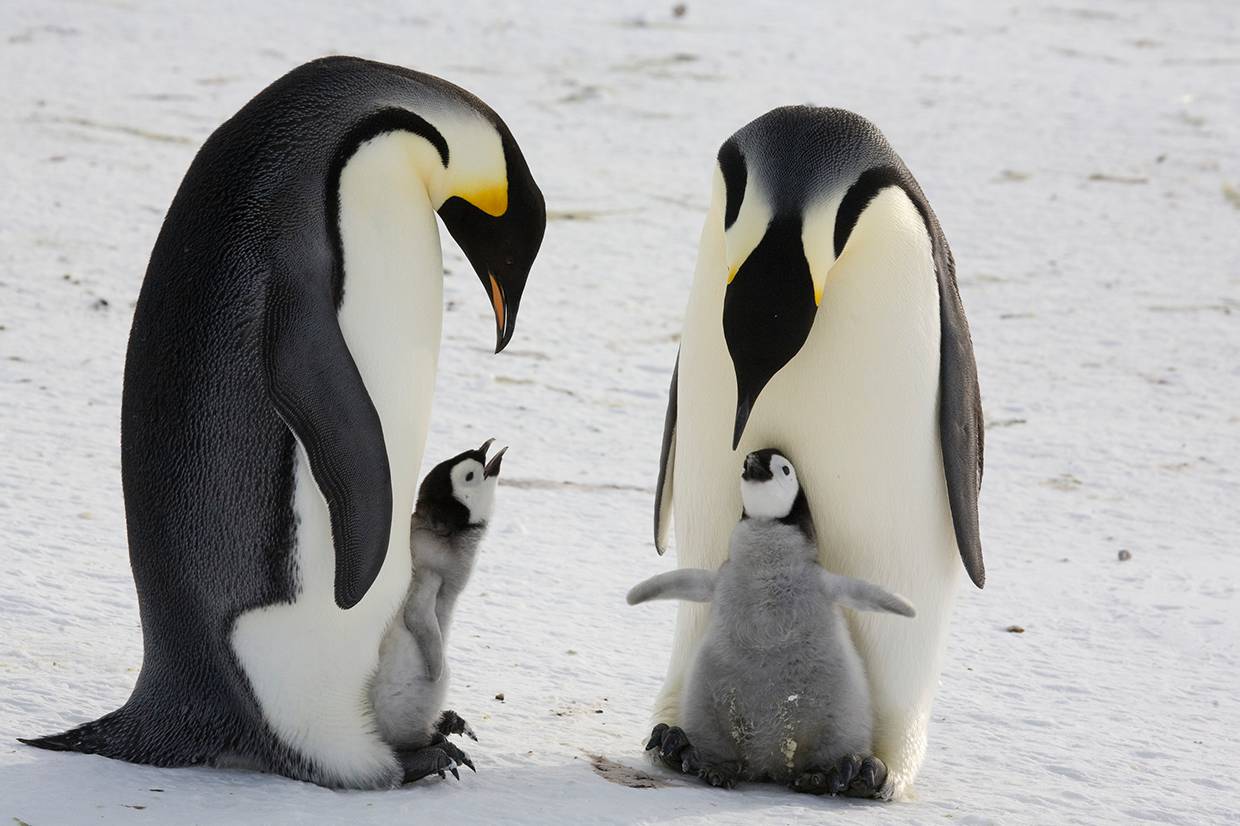
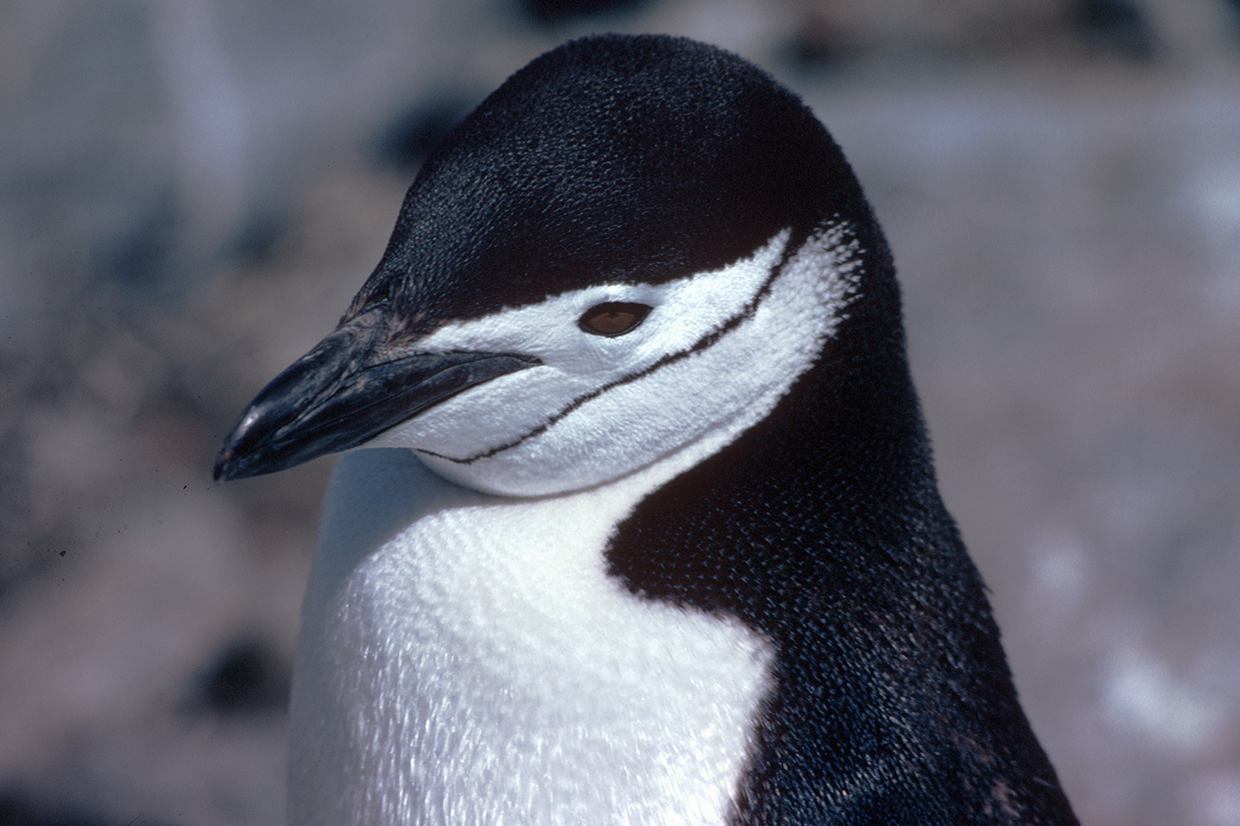
Impacts on wildlife: penguins
There are about 20 million breeding pairs of penguins in the Antarctic. Some species of penguins in Antarctica are declining in numbers while others are not. The picture varies depending on where in Antarctica you are looking. Adélie penguins, a species well adapted to sea ice conditions, have declined in numbers in some areas and have been replaced at some sites by open-water species such as chinstrap penguins. Further south, emperor penguins, which breed on sea ice surrounding continental Antarctica, have also experienced a decline in numbers by up to 50% in places.
Are Adélie penguins facing extinction? Read these articles to find out:
Impacts on marine life: krill
Results published by the British Antarctic Survey in 2004 highlighted that Antarctic krill numbers are declining. Krill are very important to the Antarctic food web and this decline could threaten whales, seals and penguins all of which feed on krill. The decline of krill has been linked to a dramatic decline in sea ice. Sea ice is a vital feeding ground for the huge number of krill in the Southern Ocean. The research shows that krill numbers have dropped by about 80% since the 1970s. Less sea ice during the winter is likely to be the cause and may explain declines seen in several species of penguins. Krill feed on the algae found under the surface of the sea ice, which acts as a kind of ‘nursery’. The Antarctic Peninsula, a key breeding ground for the krill, has experienced a striking decrease in sea ice.
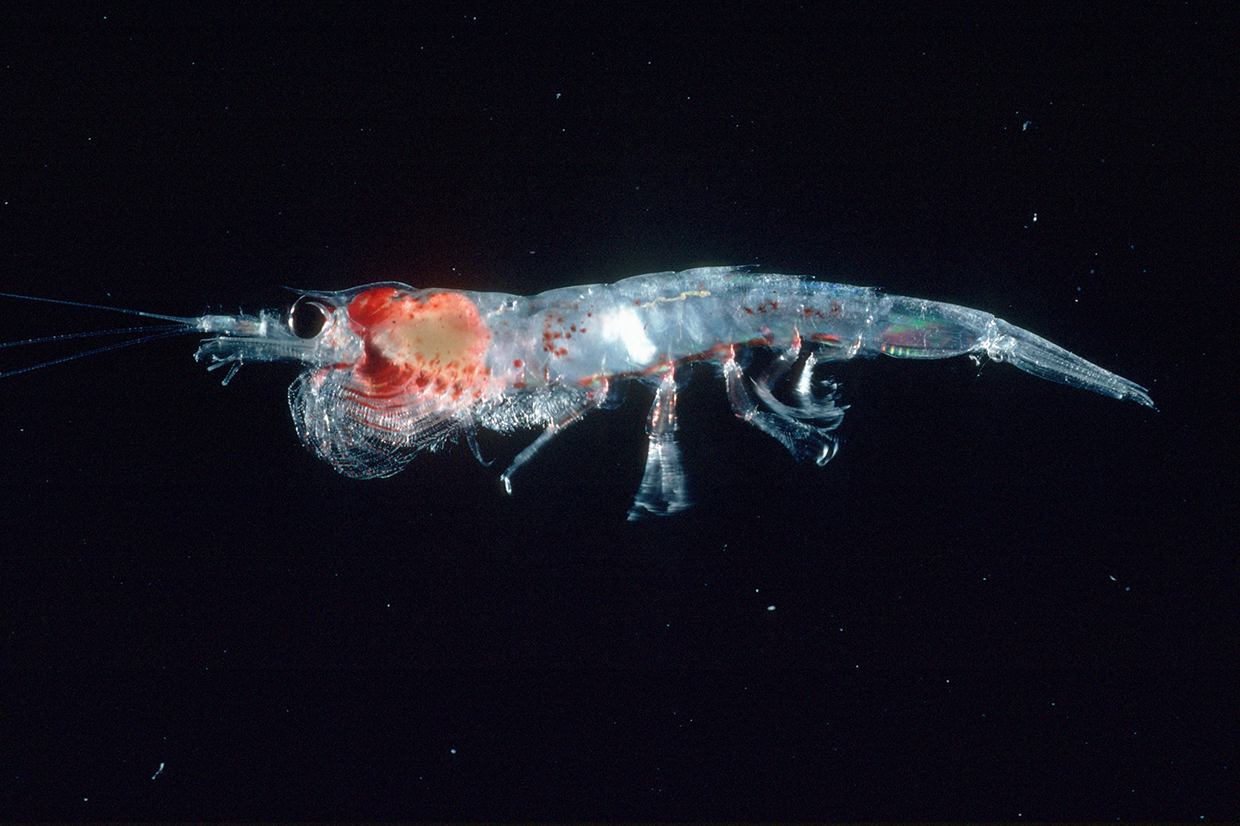
Learn more about krill at the following websites:
Impacts on sea level
Although Antarctica is many thousands of miles away from most of us, the impacts of climate change are not only confined to the shores of the icy continent. Scientists fear that water that is currently stored in ice on land (including ice sheets but not ice shelves) may melt and contribute to sea level rise. Satellite measurements since the early 1990s indicate that sea level is rising at a rate of 3mm per year and indeed sea level has been rising over the last century. However, the Intergovernmental Panel on Climate Change (IPCC) are not able to confirm confidently at present what contribution the melting of ice sheets will have on sea level over the coming centuries. There is a possibility that sea level rise could be higher than the IPPC estimates suggest.
Learn more about the changes in sea level at the following websites:
Student Activities
Part 1: Impacts on ice
-
Read the information in Cold Facts about the impacts of climate change on ice.
How have the ice shelves changed between 1950 and 2000?
-
Using the Geographical Information Systems (GIS) maps on the changes in ice shelves and the pdf of ice shelf changes
- Describe the changes in the ice shelves. Hint: use the scale line to improve your answer!
- Outline the advantages and disadvantages of using this method to display information.
Part 2: Impacts on wildlife
-
Read this article about decline in Adélie penguins: Antarctica Could Lose Most of Its Penguins to Climate Change
- What facts in this article support the view that penguins are declining in Antarctica due to climate change?
- Suggest other factors that could be leading to a decline in penguin numbers.
Part 3: Impacts on marine life: krill
-
Read the information in Cold Facts about the decline of krill.
- Krill is crucial to the Antarctic food chain. Complete the interactive food web
- Using the interactive food web answer the following questions:
-
a) Which animals feed on krill?
-
b) What impact is the decline in krill likely to have on the blue whale?
-
c) What impact is the decline in krill likely to have on the crabeater seal?
- Suggest other causes, other than global warming, for the decline in Antarctic krill.
Visit the following website for more information:
Part 4: Impacts of sea level rise
-
Read the information in Cold Facts about sea level rise.
- Discuss in pairs what impacts a rise in sea level could have on:
-
a) Low lying areas in Bangladesh
-
b) Coastal areas of the UK
-
c) Low lying islands of the Maldives
-
d) Farming areas of Egypt
Visit the following website for more information:
Climate change and you
You have learnt in this section the huge impacts of climate change on Antarctica and sea level rise. What steps are you making to reduce your carbon footprint? Discuss your ideas with your class.







